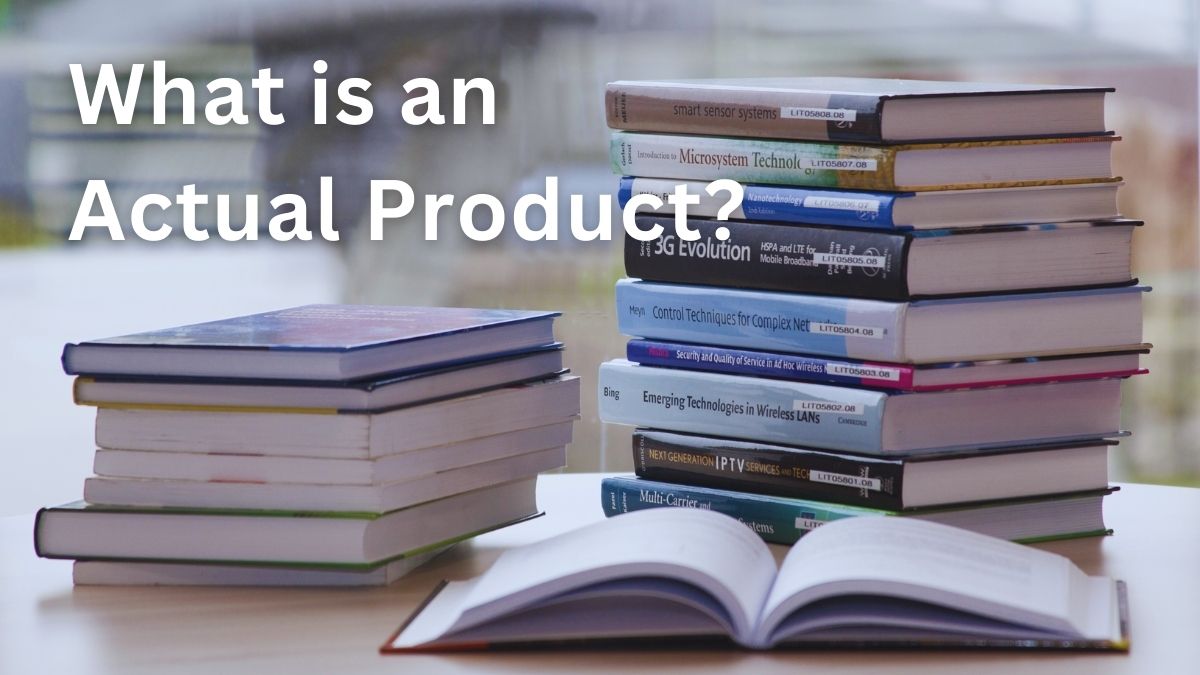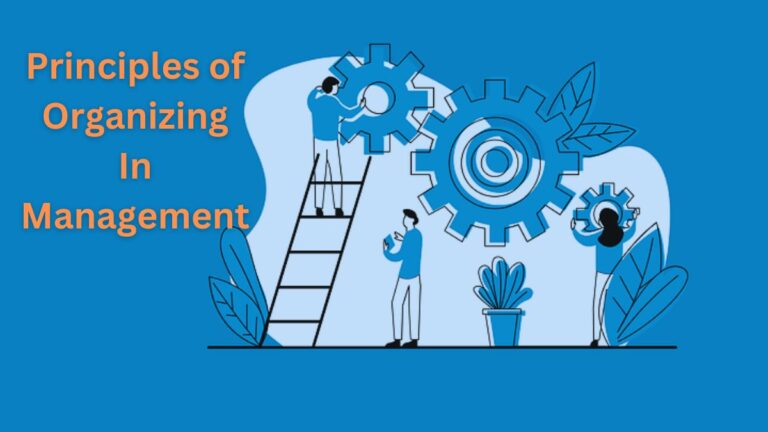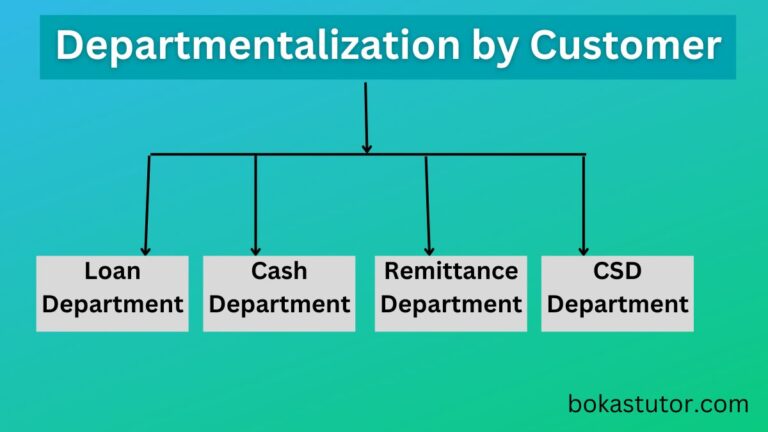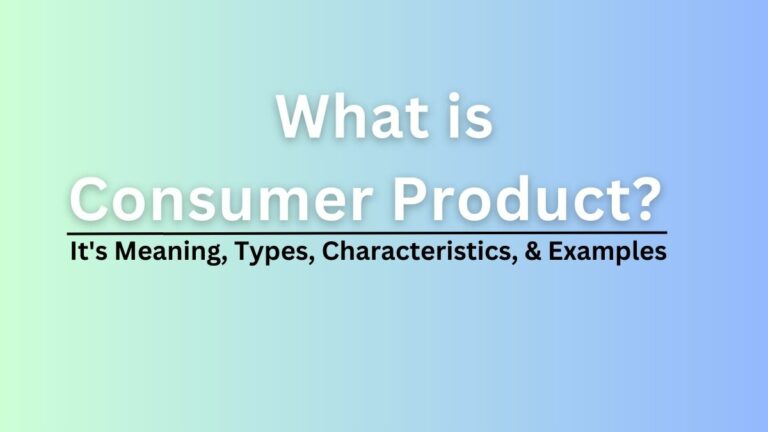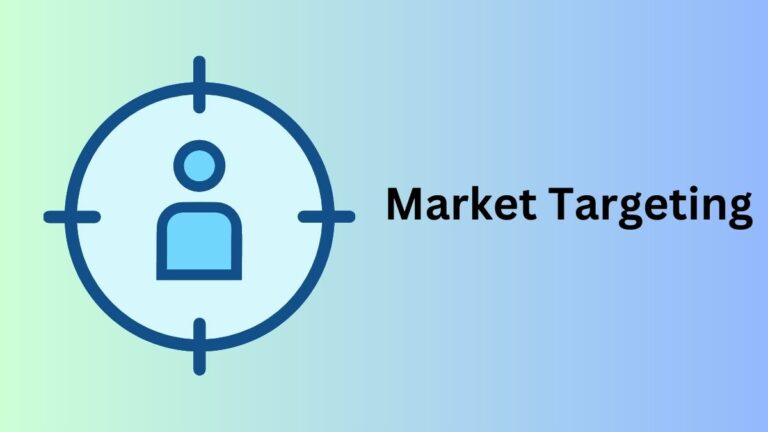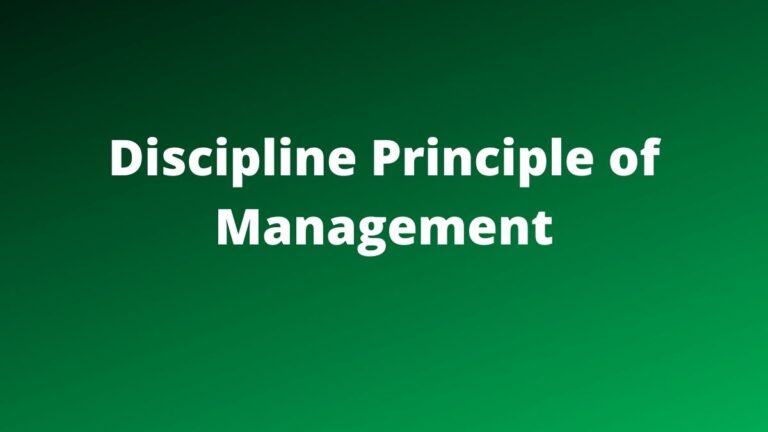What is an Actual Product? Definition, Importance, and Examples
What is an Actual Product?
An actual product is a physical or tangible product that is ready to use. It is the product consumers can hold in their hands when they purchase.
Through actual products, consumers get the core benefits of the product. For example, if you seek actual benefits from a product in writing, then the actual product will be a pen or a pencil.
A core product is a primary benefit the product provides, whereas, an actual product is the physical form of the core product. In addition, the actual products can also be in intangible forms like service, consulting, counseling, etc.
Actual products are made up of characteristics or attributes like name, design, packaging, brand name, quality, taste, weight, size, color, etc. Such attributes of products help consumers to decide which product is right for them or not.
As a marketer, you have to keep in mind the core benefits of the product while designing the actual products. The actual product must have its core benefits, if it is not in it, the product will not have the unique feature that differentiates it in the market from other similar products.
Levels of Product
Let’s understand the five main levels of a product to better understand the actual product and its position in the levels. Philip Kotler has suggested the following five levels of products.
Related: Kotler’s 5 Levels of Product with Examples
Core Benefits
The core benefit is the primary benefit the product aims to offer to consumers. It is also called a core product. It is just an idea and does not have its physical look yet. But considering it the actual product is made.
For example, if you want to serve knowledge to others, here your core product is knowledge, and you may serve it through a book, here the book is the actual product.
Actual Product
Following the above example, the book you made to share your knowledge is the actual product. Actual products are usually in physical forms that can be easily touched and consumed or used.
Expected Product
This includes the attributes or characteristics consumers expect from a specific product. For example, consumers may expect your book to have an attractive cover.
Augmented Product
It is the product the consumers get services in addition to a physical product. The book is your physical product, if you offer other benefits like an attractive cover, discounts, easy language, more colorful pictures, etc. are all part of the augmented product.
Related: What is Augmented Product?
Potential Product
A potential product is an idea of adding additional features to a physical product. It is just an idea and has not been added to the product.
For example, you may think to add a new chapter to your book and republish it – this is your potential product.
Examples of Actual Product
I don’t think it is necessary to put examples of actual products. However, let’s put some for the sake of knowledge.
- Book
- Mobile
- Computer
- Car
- Bus
- Pen
- Pencil
- Clothes
- Shoes
- Watch
- Bike
- Bicycle, and so on.
Importance of Actual Product
The followings are the main importance of actual products to businesses.
Also Read: What is Product Concept? Definition, Feature, Example
Source of Income
Actual products are what companies sell to consumers as well as actual products are what consumers buy. Actual product is the main source of income for any marketing firm.
Marketing Mix
The product is the heart of the marketing mix. Without the product, the pricing, promotion, and distribution parts of the marketing mix can not be done. Without the product, the marketing mix is of no use.
Means of Satisfaction
Actual products are also the means of satisfaction for consumers’ needs and want. Although the core product is what satisfies consumers’ needs, the actual product is through which consumers enjoy the core benefits.
Helps Differentiate
Actual products include attributes like quality, design, packaging, etc. which make a product different from other products. Through such attributes, companies make their product different from other brands. This further helps consumers to choose the relevant product attributes they wish to have in the products.
Sajan Kushmi is a content writer with more than 4 years of experience. He holds BIM Degree. He write on the topics related to Management, Marketing, and Entrepreneurship.
